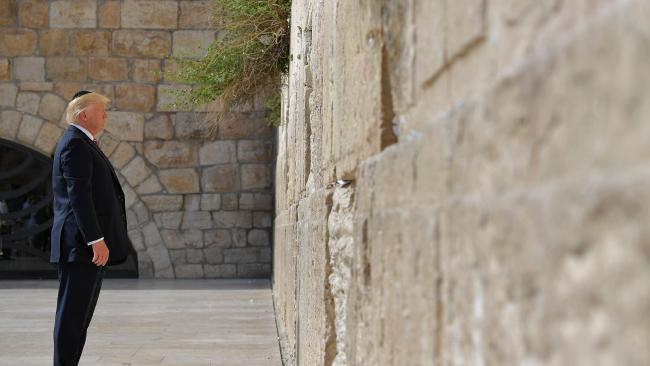The Jerusalem neighbourhood in which I live, on the seam line dividing Jew and Arab, can be a useful place to take the temperature of the Israeli-Palestinian conflict.
In 2015 a wave of stabbing attacks against Israelis and Jews began. This was the result of a campaign of incitement by Islamist groups, according to which the government of Israel planned to change the status quo regarding the Temple Mount/Haram al-Sharif. Jewish prayer is forbidden on the Mount. The rumours held that this was set to change. Wilder notions of plans to replace the mosques with a rebuilt Jewish temple also were repeated.
Several of the stabbers came from close by, and for a while a police roadblock appeared on the main street. Petrol bombs were thrown at a Jewish house in the neighbourhood in February last year at the height of that period of unrest.
In late 2014, just after the Gaza war, Palestinian youths threw stones at police in the neighbourhood, after the police shot dead a man who had tried to kill a Jewish activist who led a campaign to demand Jewish prayer rights on the Temple Mount.
Since the announcement this month by President Donald Trump of US recognition of Jerusalem as the capital of Israel, however, the neighbourhood has been quiet. People are going on with their everyday lives.
Read the article by Jonathan Spyer in The Australian (subscription required).

